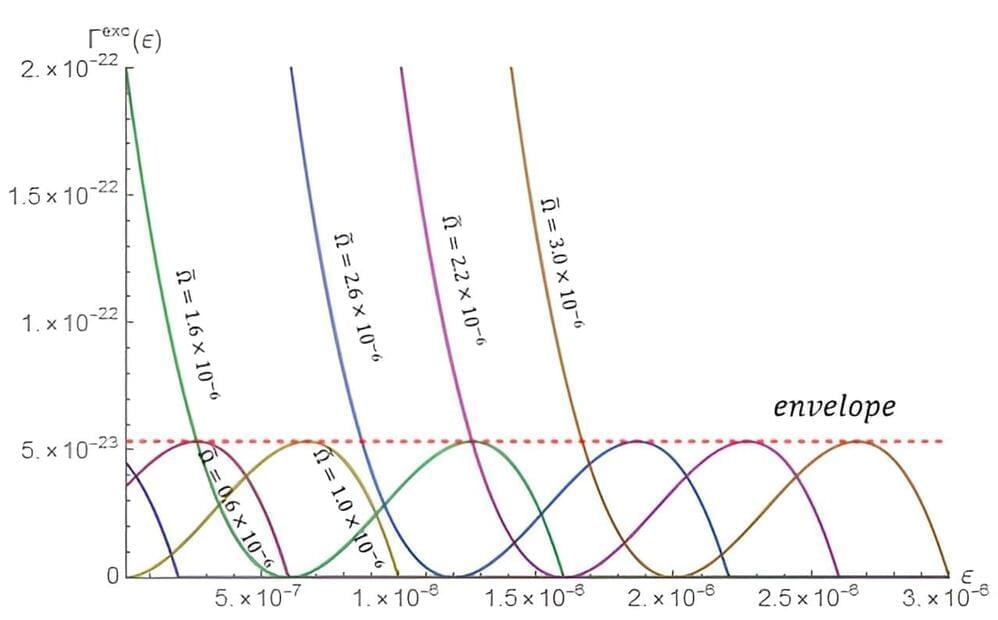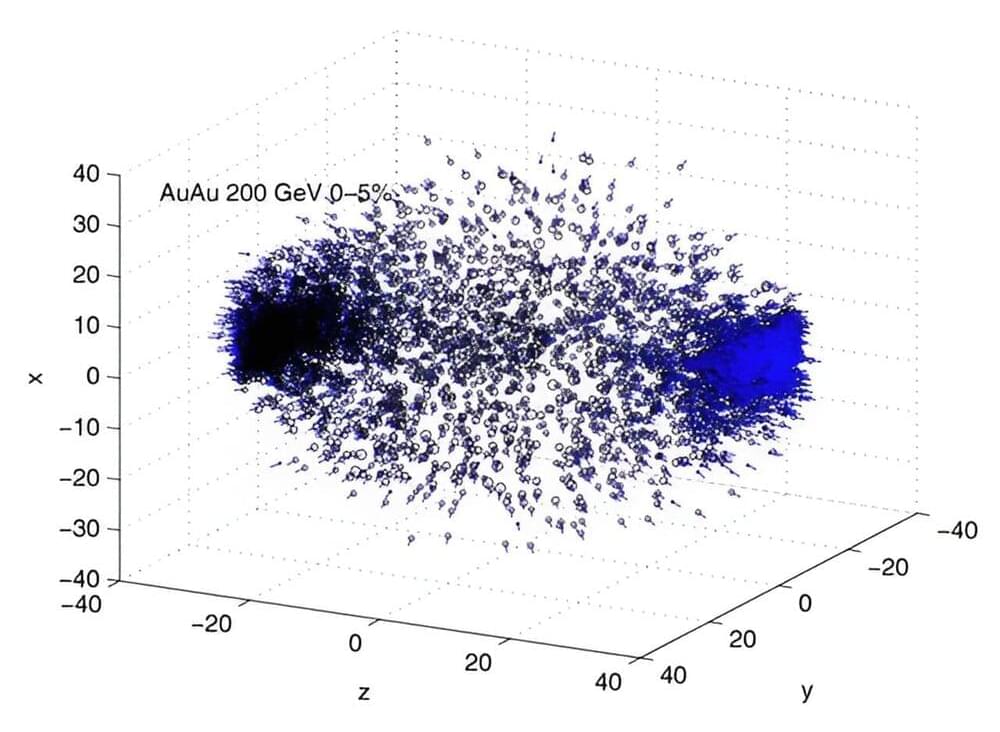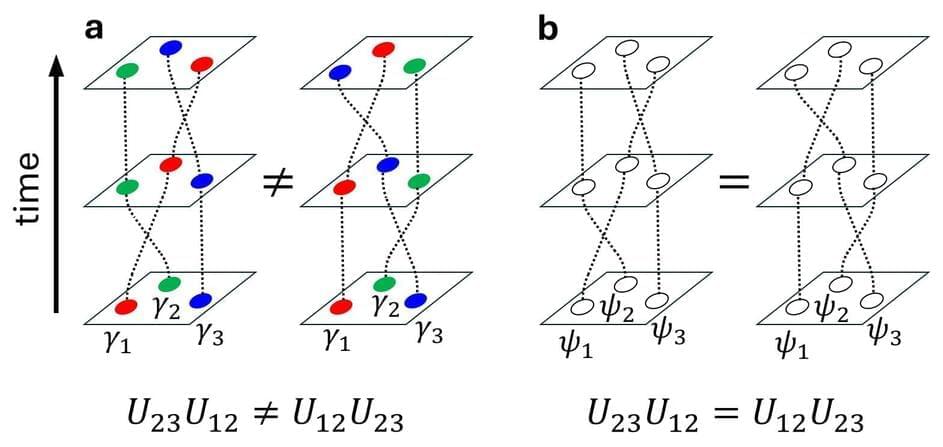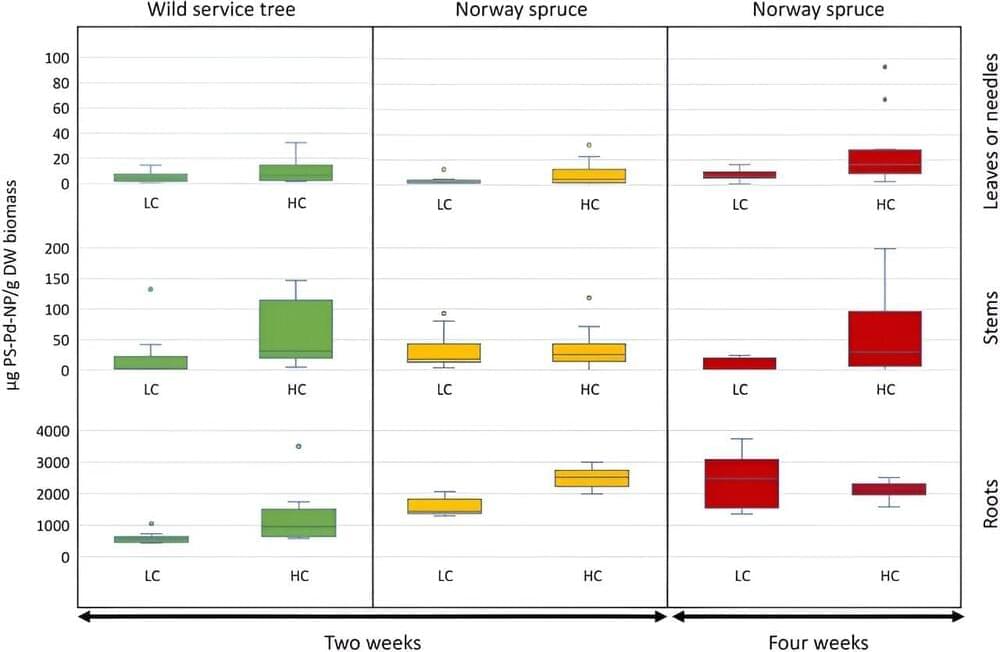Aug 30, 2024
Using atomic excitations to measure the rotation of spacetime
Posted by Saúl Morales Rodriguéz in categories: cosmology, particle physics
How would atoms behave near a supermassive object? We know how atoms behave in extremely weak gravity like that at the Earth’s surface: They can be excited from a lower energy level to a higher one when an electron absorbs a photon or a nucleus absorbs a gamma ray, and so on. But what if the atom is in a strong gravitational field such as one near a supermassive, rotating black hole or rotating neutron star?


















